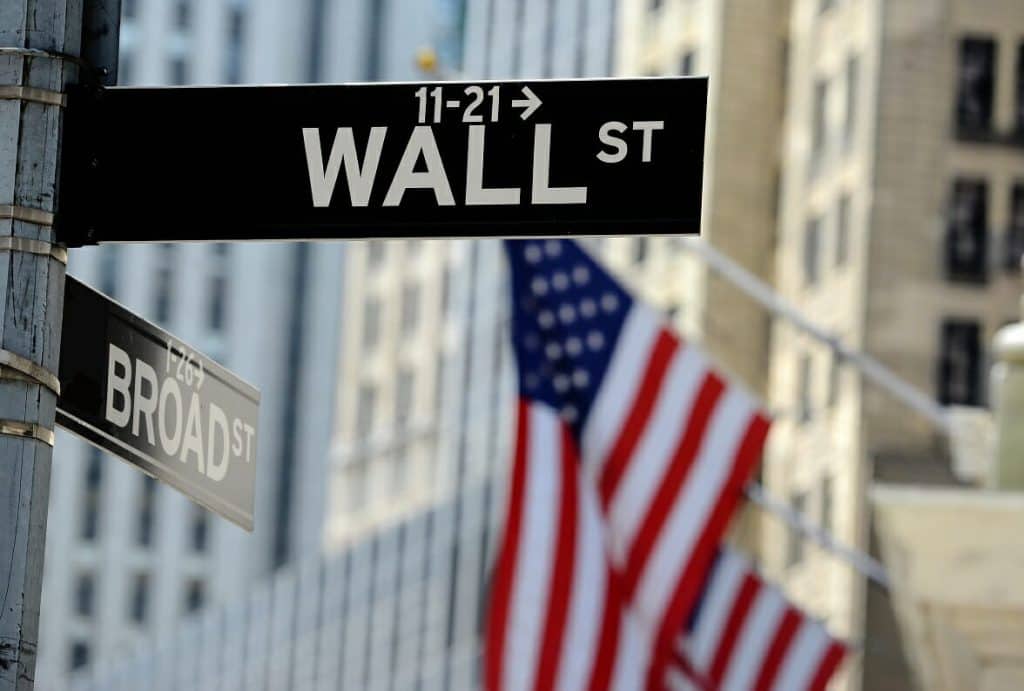
Wall Street strategists are growing more concerned that a slowing U.S. economy could derail the stock market’s record run.
The benchmark S&P 500 has climbed 20% this year, booking 54 record-high closes along the way, according to Dow Jones Market Data. The index has not seen a 10% pullback in 369 trading days, the longest stretch since the 501 trading days from February 2016 to February 2018.
“The next two months carry an outsized risk to growth, policy and the legislative agenda,” wrote Morgan Stanley strategist Adam Sheets.
He worries that a resilient global economy, passage of President Biden’s $3.5 trillion spending package and a near-term peak in COVID-19 cases would cause U.S. Treasury yields to rise and in turn put pressure on growth stocks.
Should the economy slow, risk premiums “look too low versus prior growth scares,” he said. Morgan Stanley economists earlier this month slashed their tracking estimate for U.S. gross domestic product in the third quarter to 2.9% from 6.5%.
Sheets lowered his outlook for U.S. stocks to “underweight,” noting his preference for European and Japanese equities.
A team of Bank of America strategists led by Savita Subramanian says its internal indicator shows stock market sentiment is “all but euphoric” and closer to a sell signal than any point since 2007.
Worries include wage and input cost inflation squeezing margins, record-high interest rate risk and valuations that “leave no margin for error.”
While the strategists are optimistic about the prospects for the U.S. economy, they worry action by the Federal Reserve will ultimately be the stock market’s undoing. The Fed’s balance sheet expansion is responsible for more than 50% of equity returns since 2010, they said.
The BofA strategists on Wednesday raised their year-end S&P 500 target from 3,800 to 4,250, or 5.85% below current levels.
Still, others believe the S&P 500 can keep setting new highs.
UBS strategist Keith Parker says a 10% rise in forward earnings over the next six months, a decline in COVID-19 cases, a still-strong economy, fiscal spending outpacing taxes and the ability to absorb a 50-basis-point rise in bond yields will help propel the S&P 500 higher through the end of next year.
He raised his year-end target to 4,650 but conceded that a selloff is likely in the coming weeks as investors grapple with higher yields, taxes, slowing data and other headwinds.
Looking ahead, Parker sees further gains into next year.























